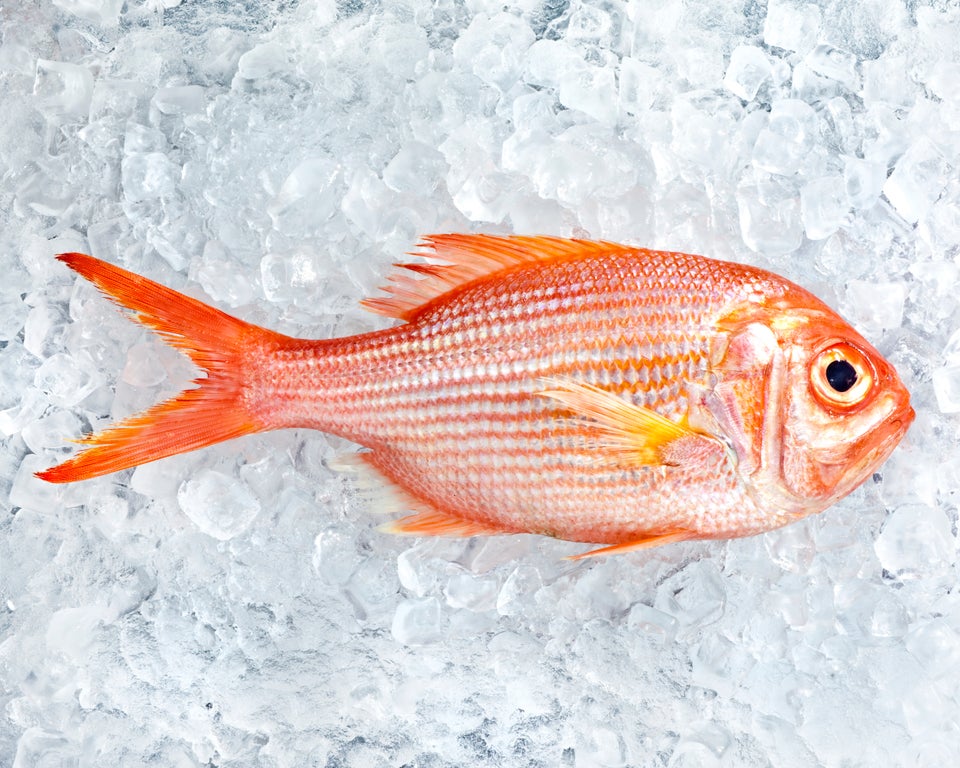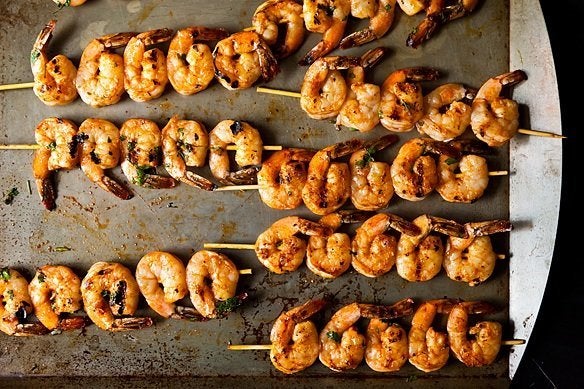Should you eat that fish? Environmentally speaking, it can be confusing.
Just because that fish is in our taco doesn't mean it was caught in a sustainable way, and even today we are overfishing at alarming rates: Of the 600 fisheries monitored by the UN's Food and Agriculture Organization, 96 percent are either overexploited or depleted.
If we don't fix our ways, scientists predict that all of the world's fisheries will have collapsed, one by one, by the time it's 2048. That's just a little over 30 years from now.
Seafood Watch, an organization based at the Monterey Bay Aquarium, keeps an updated database of sustainable seafood choices and designs printable guides to find the best seafood in your state.
Here is a list of how common seafood stacks up, based on population levels and fishing methods, according to Seafood Watch. From bluefin tuna to wild-caught Alaskan salmon, see how your favorite fish ranks on their list right now:
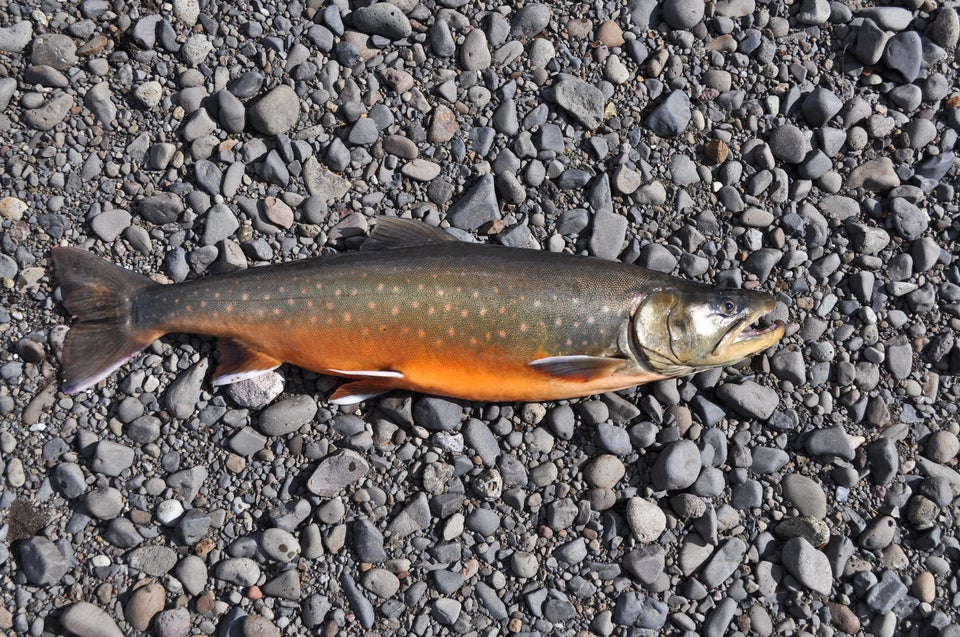
The "systems in which they are produced allow for significant environmental control and subsequently minor environmental impacts," according to Seafood Watch.

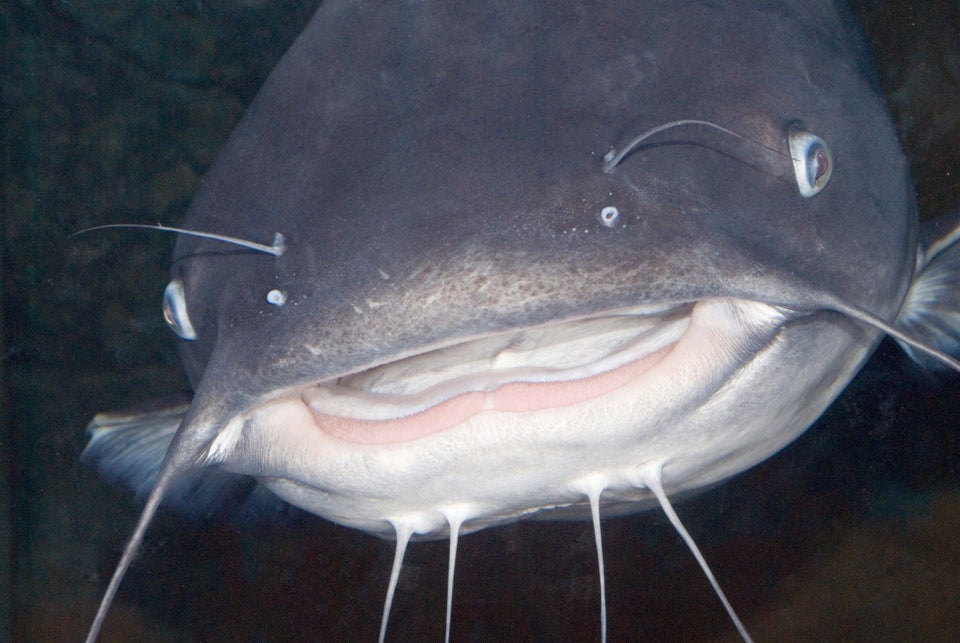

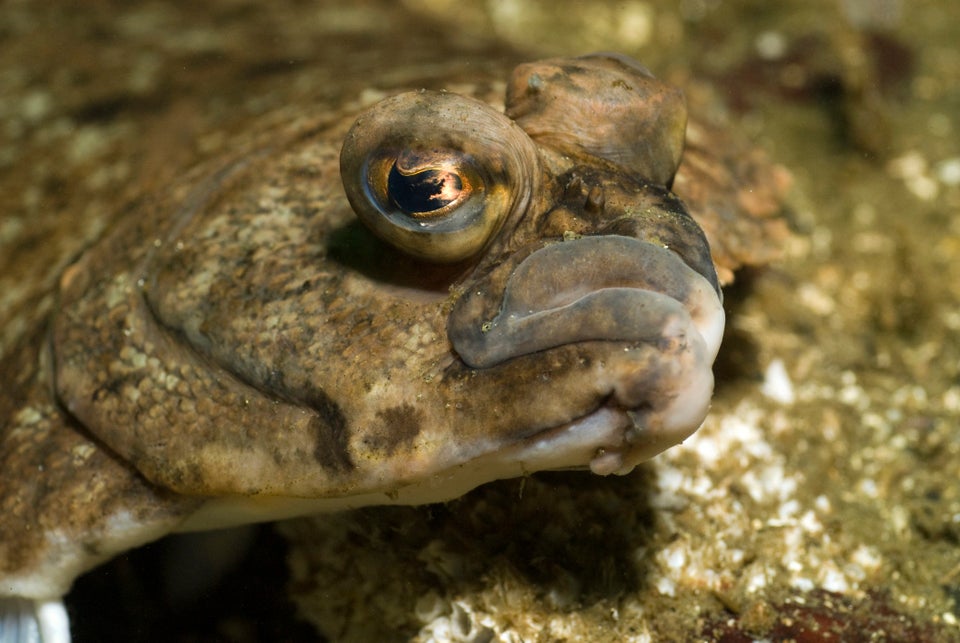

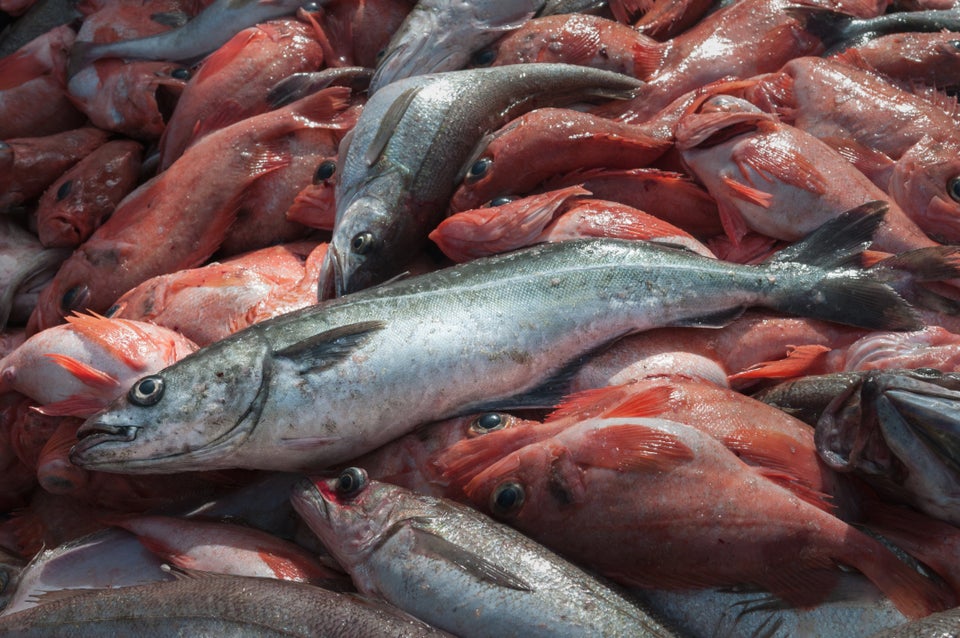
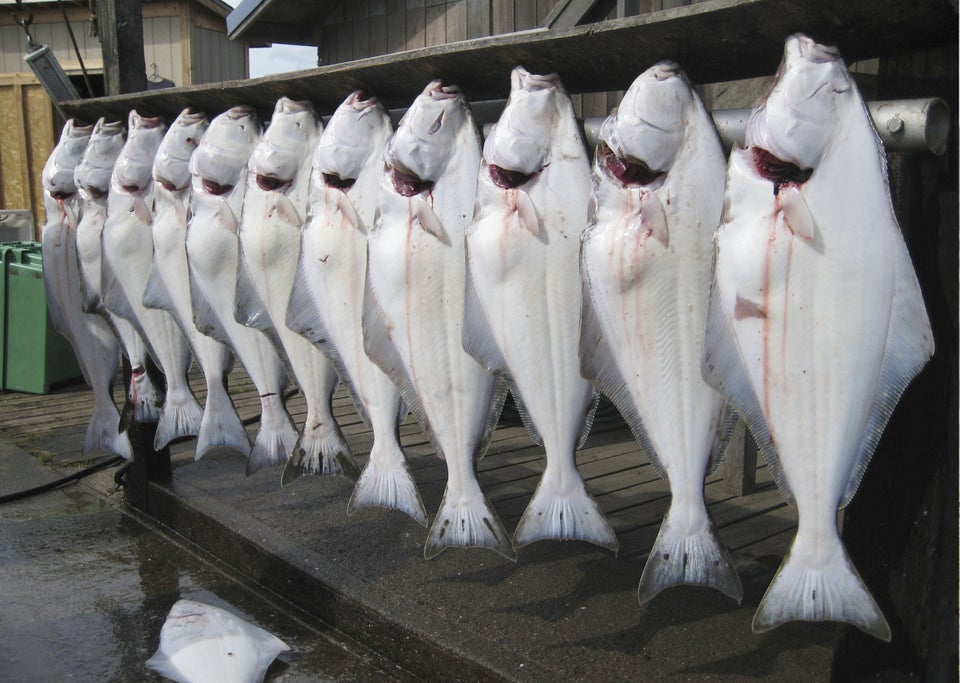
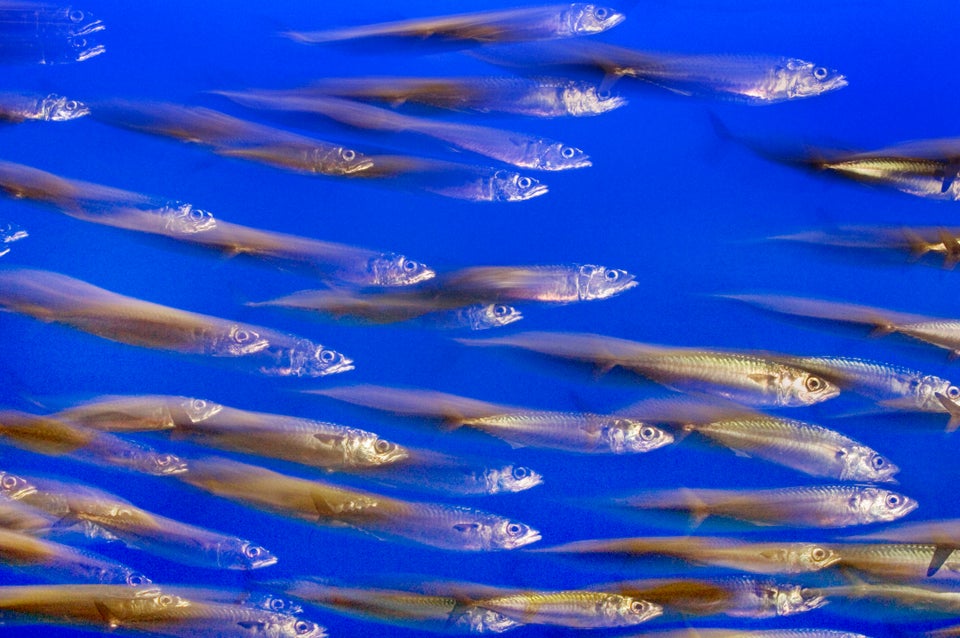
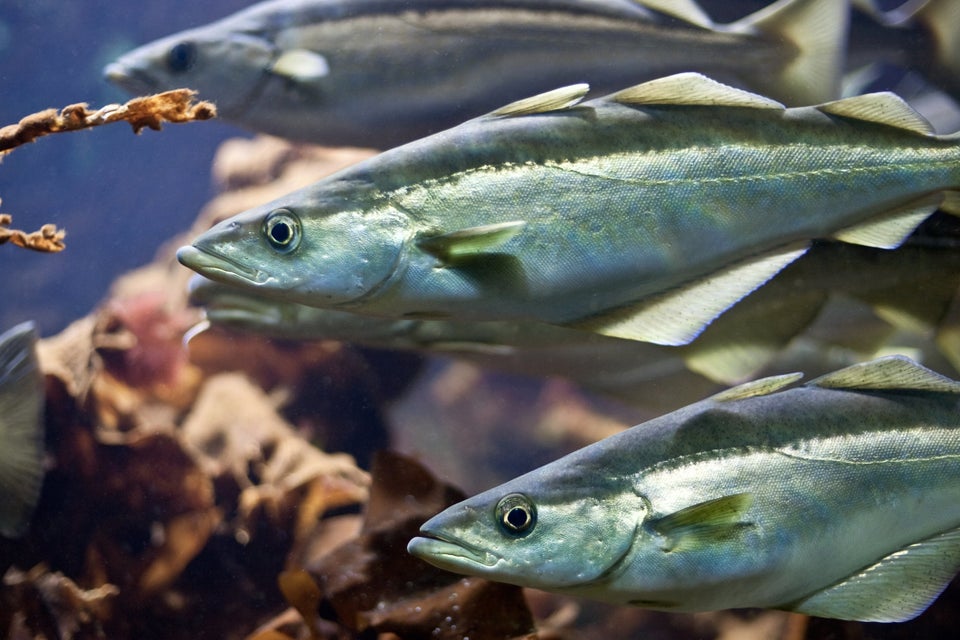
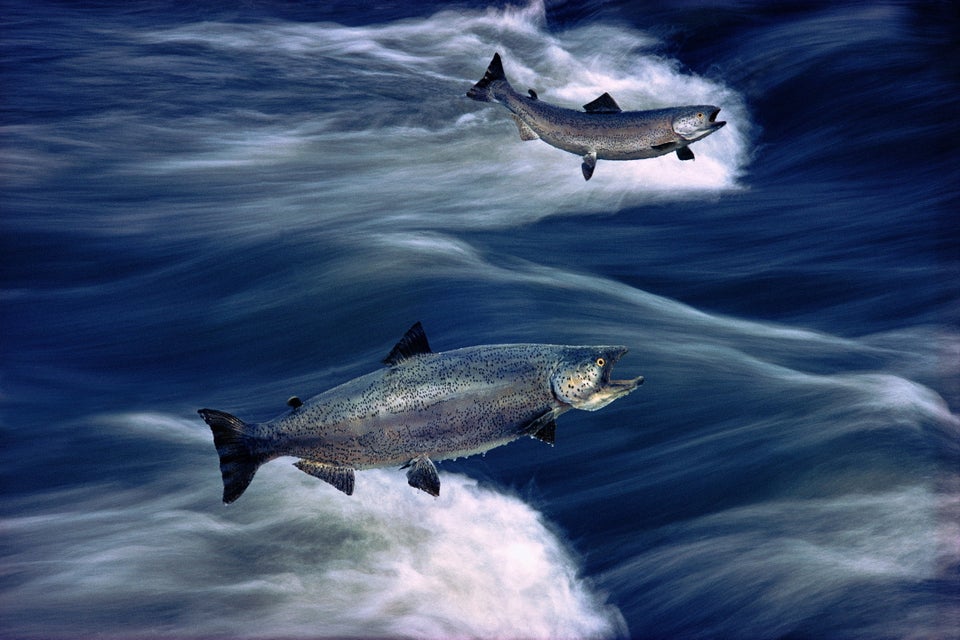
The good salmon: most wild Alaskan and some farmed and wild from other regions.
The salmon to avoid: Be sure they're not from these many, many places.
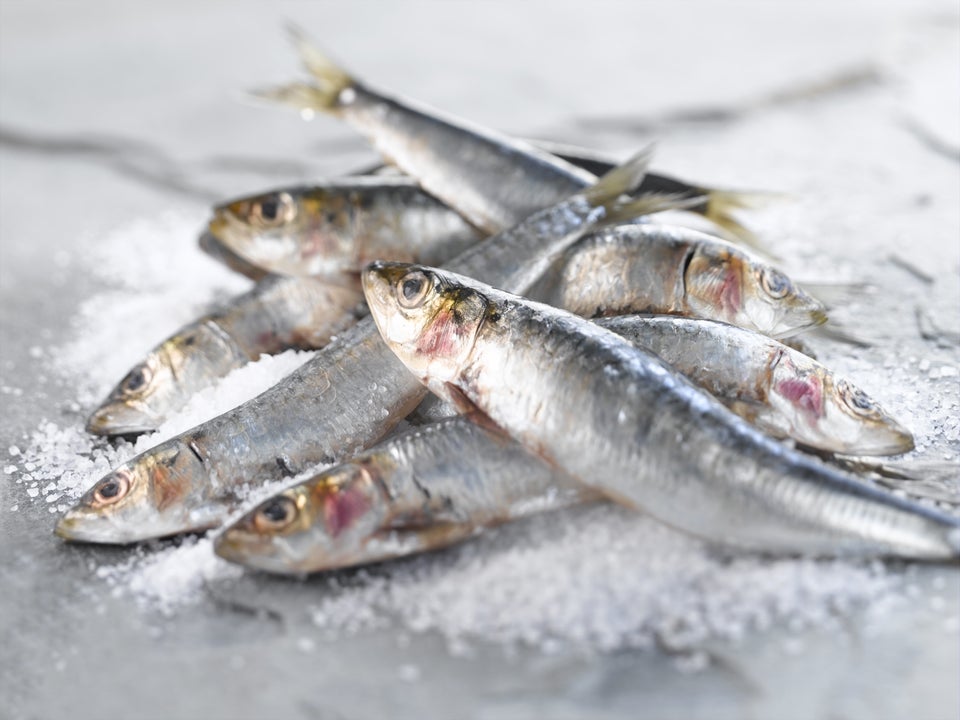
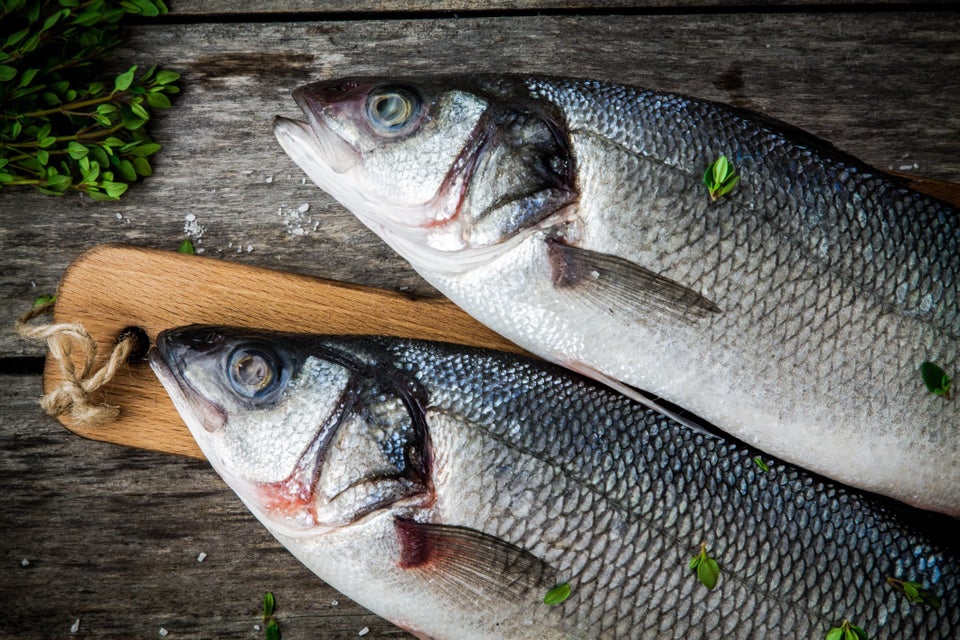
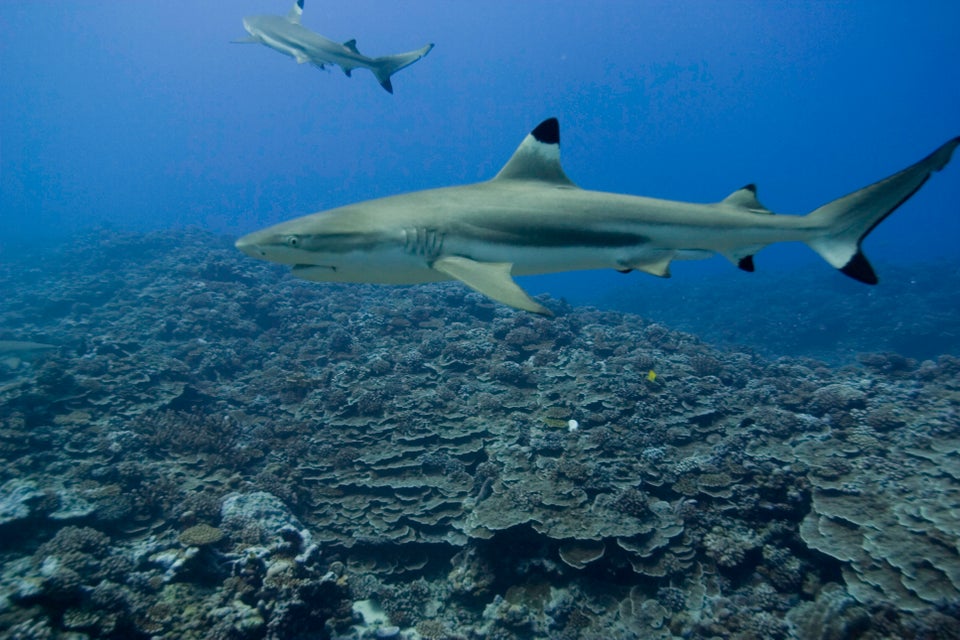
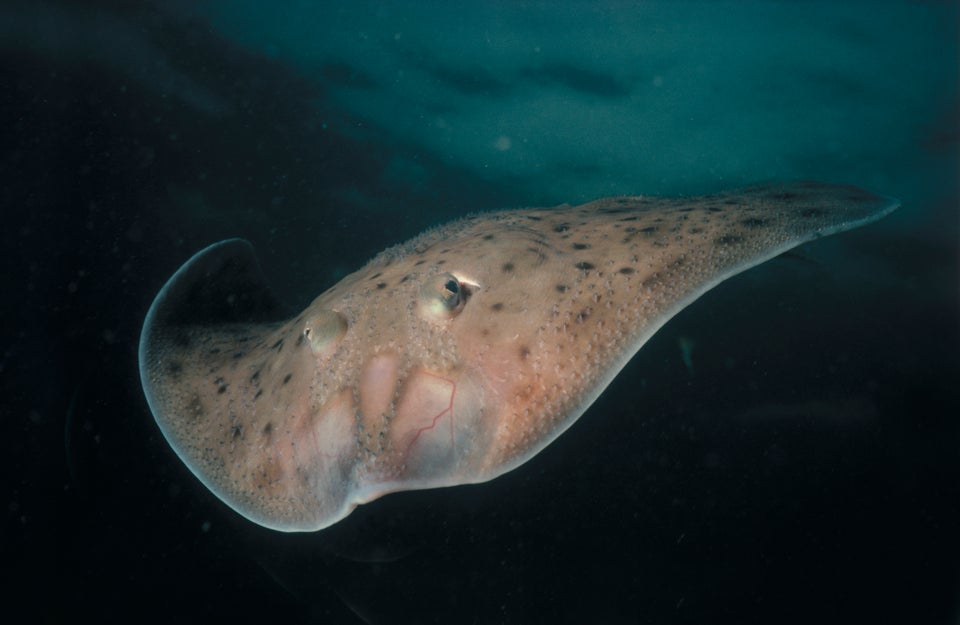
Avoid: winter and longnose skates from British Columbia or the U.S. Atlantic.
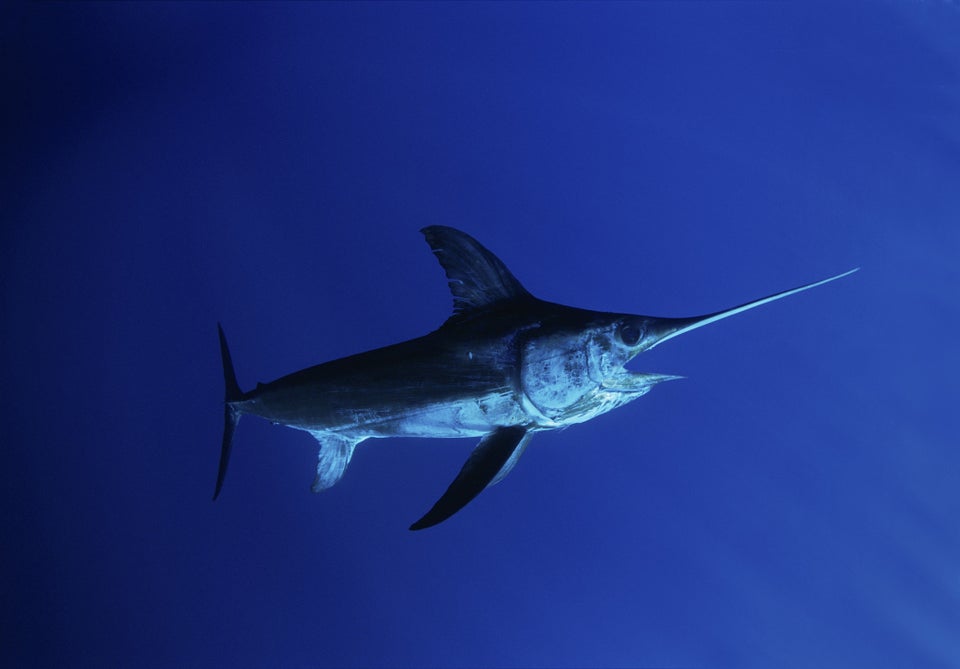
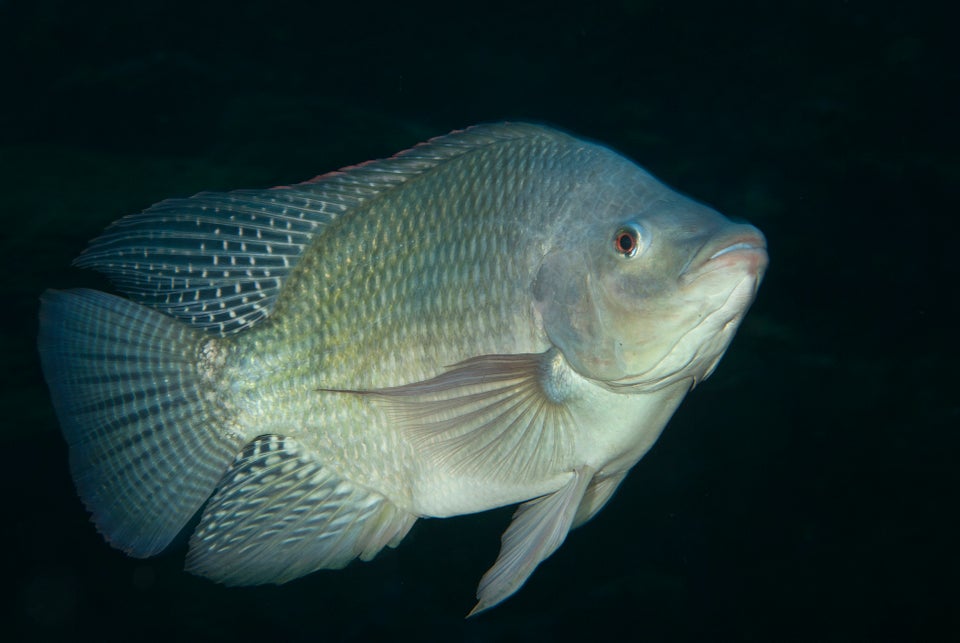
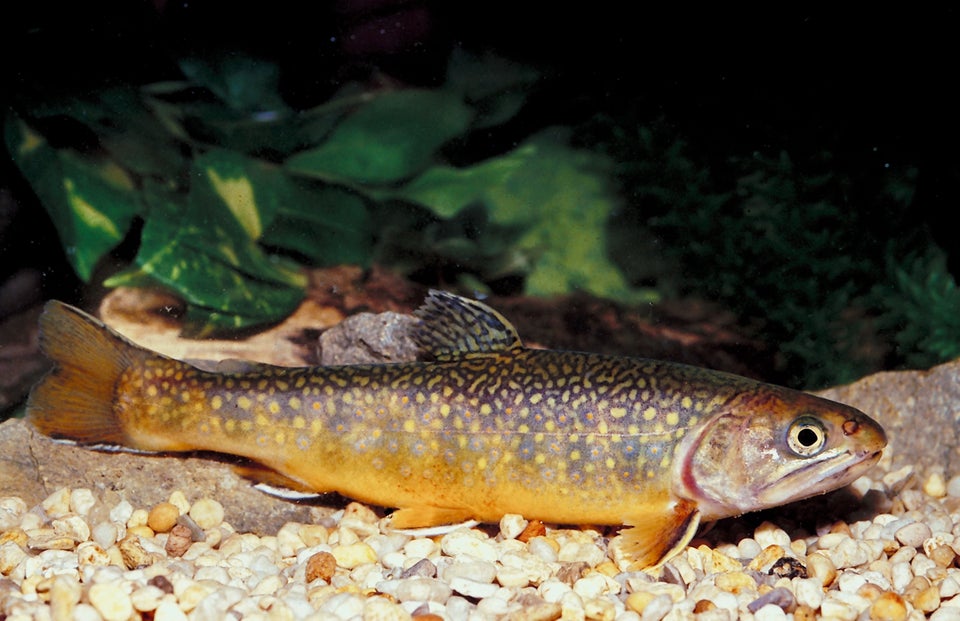
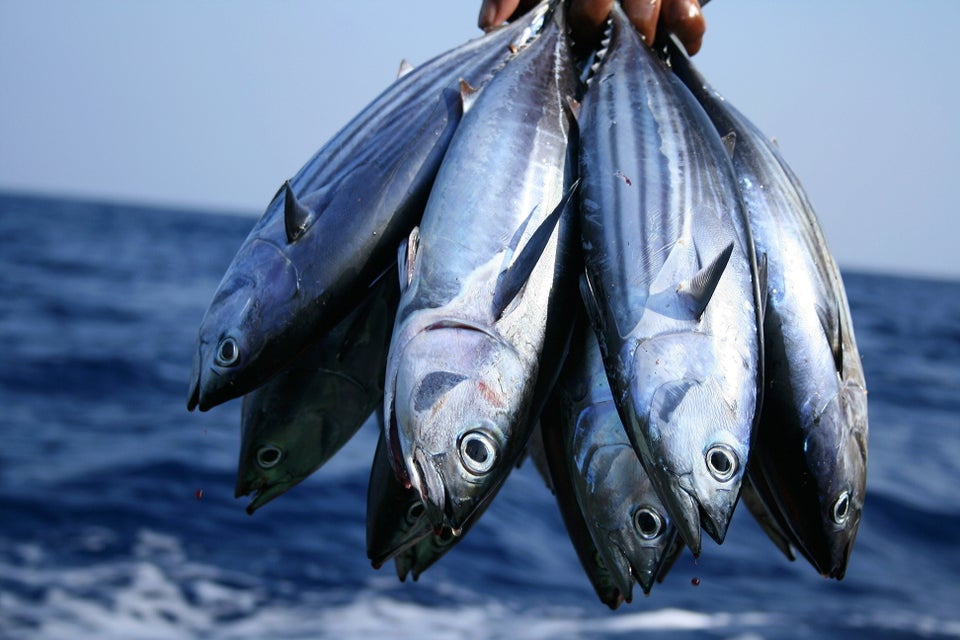
Avoid all bluefin tuna.

